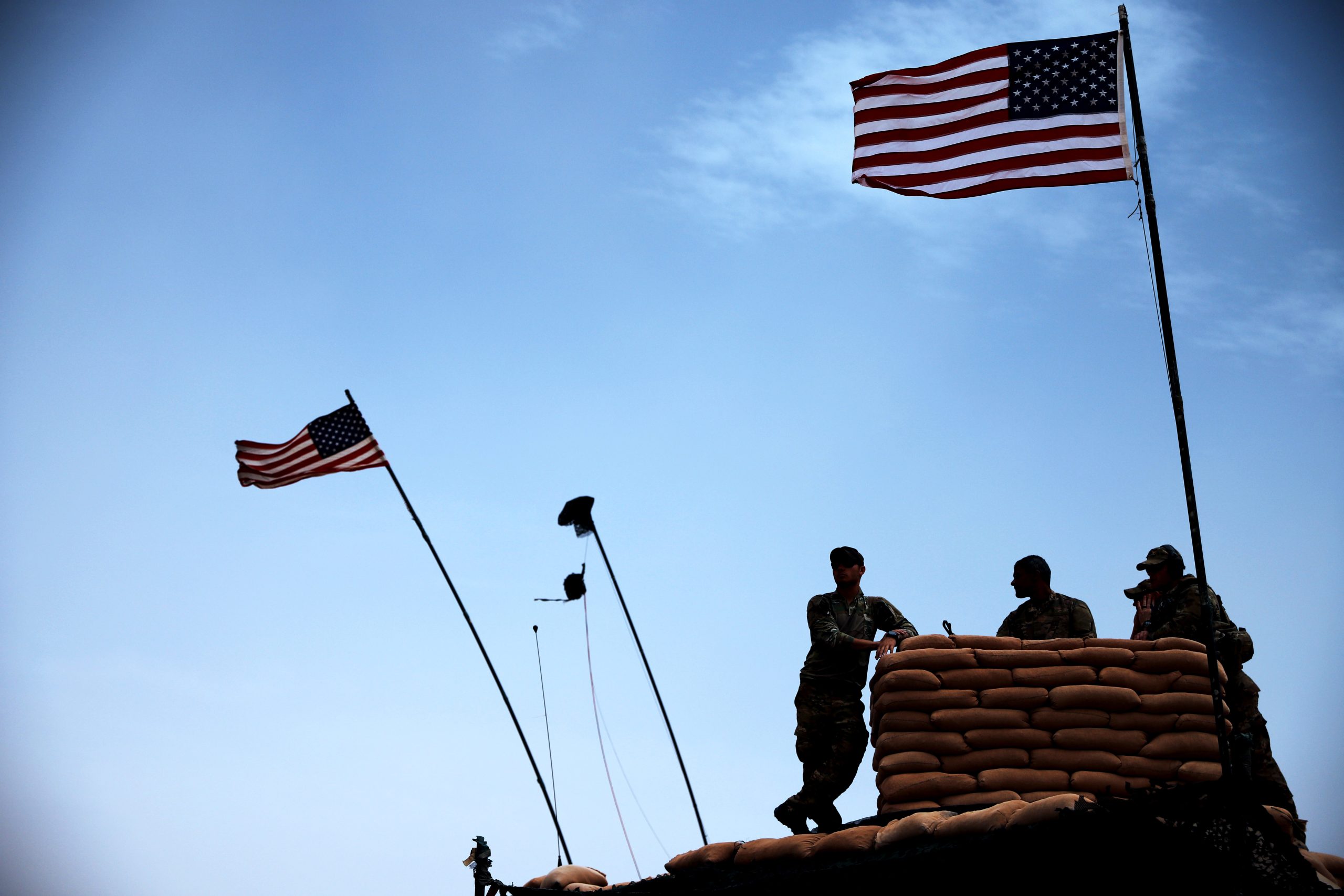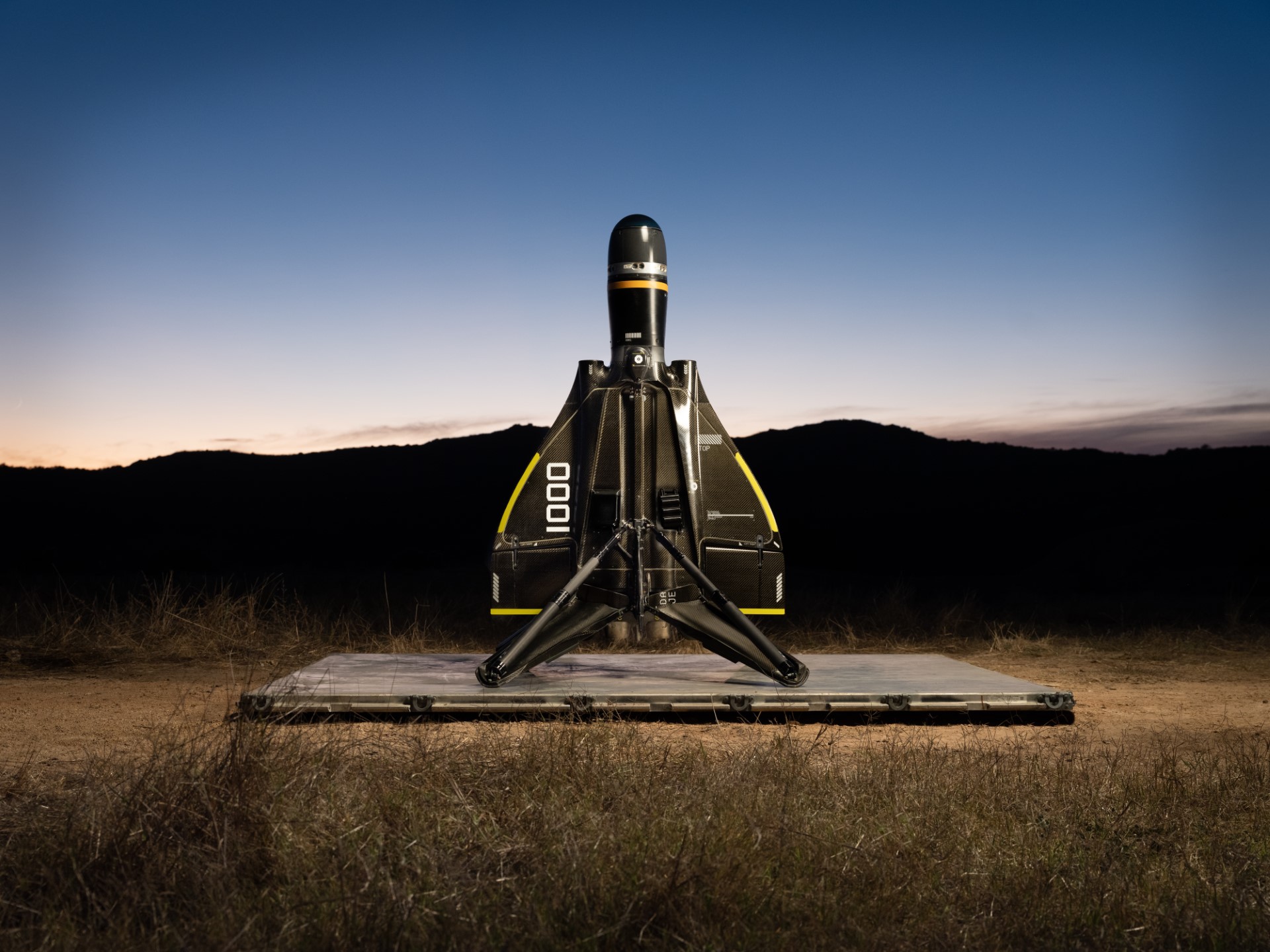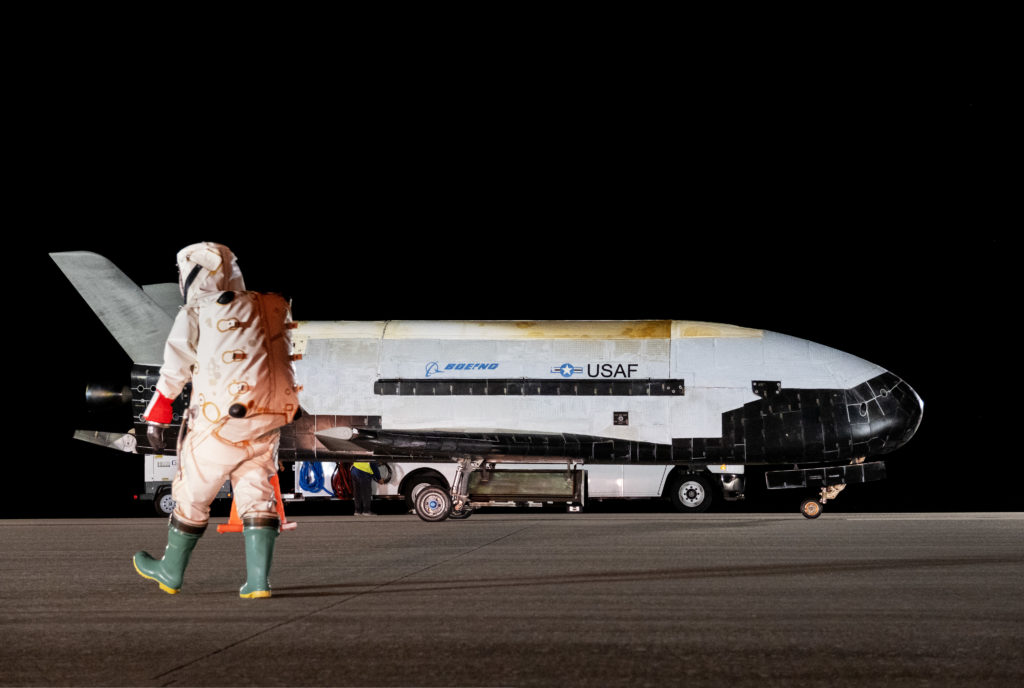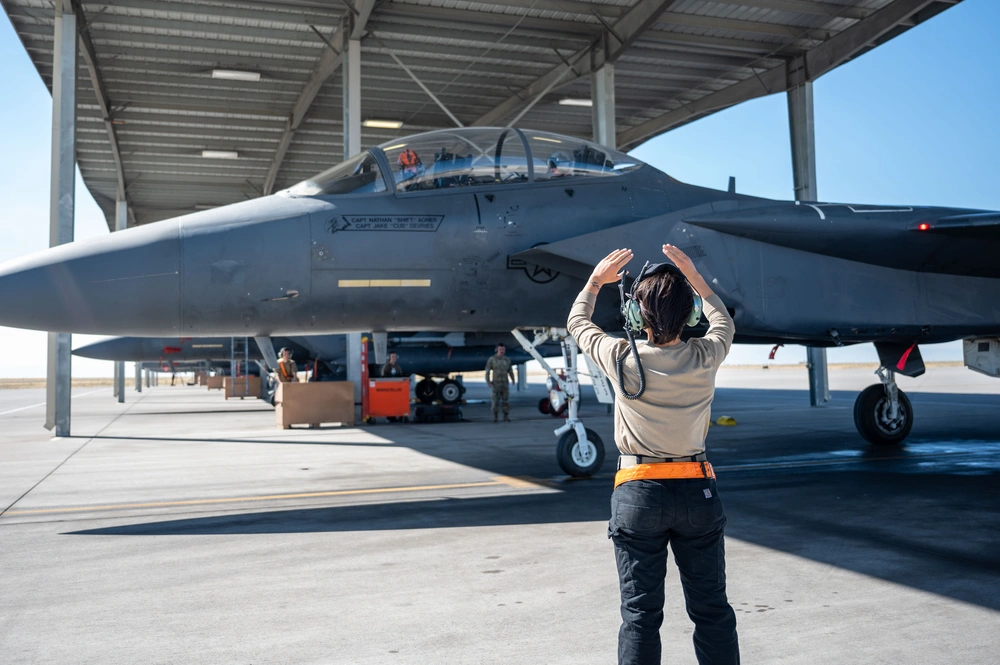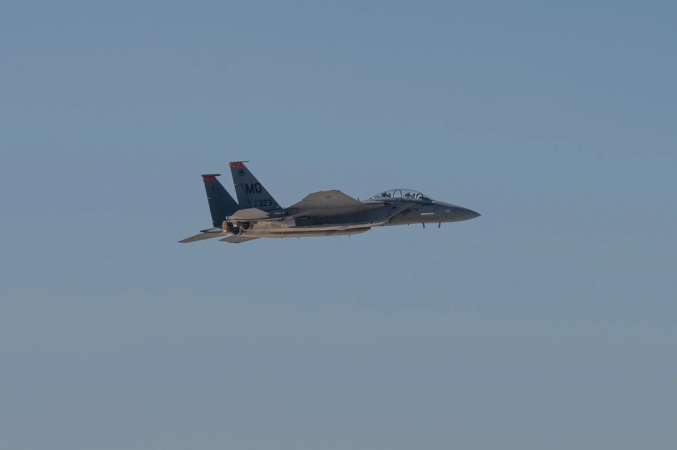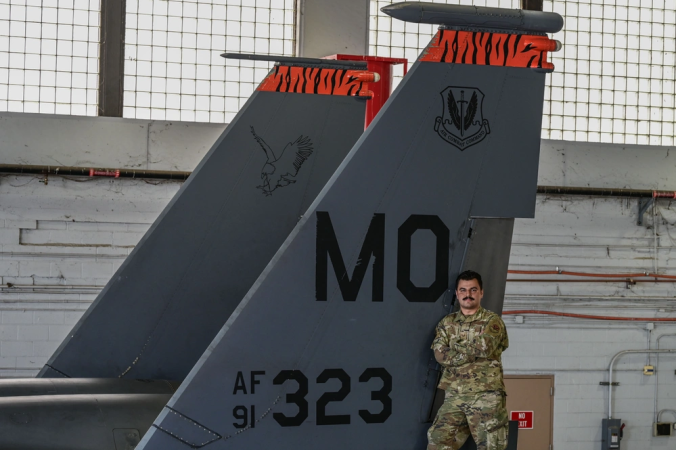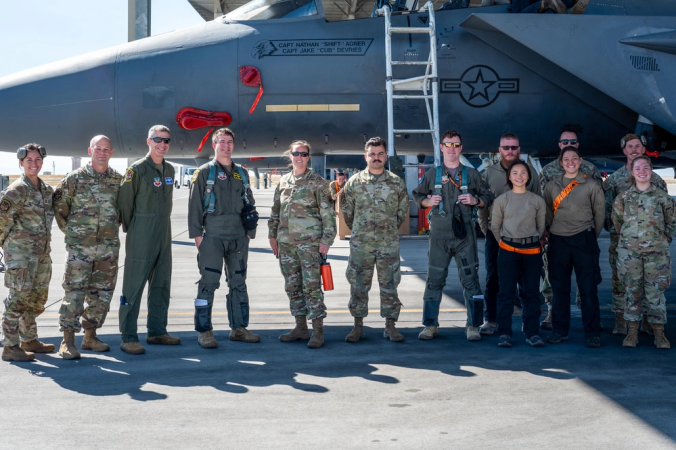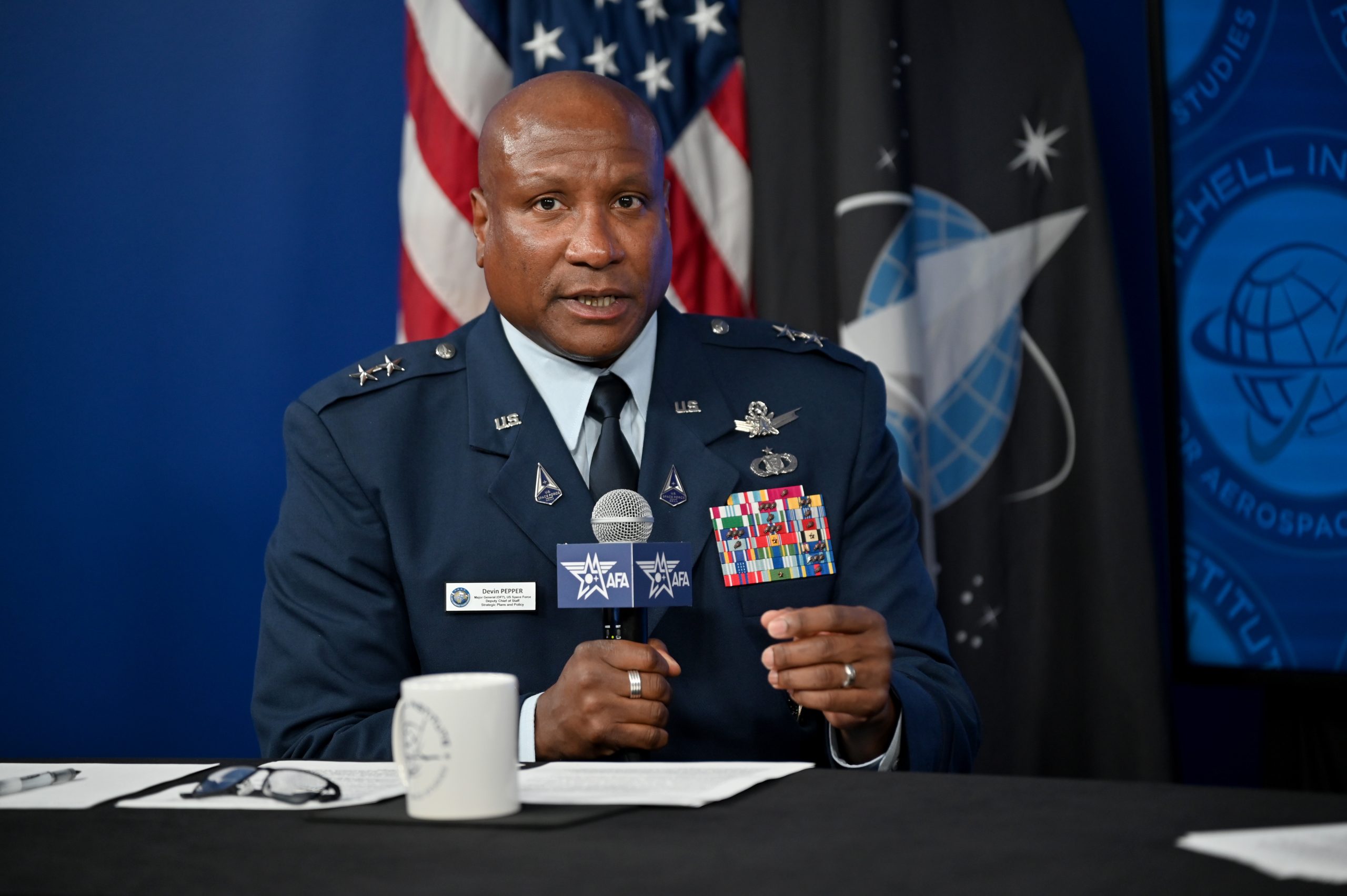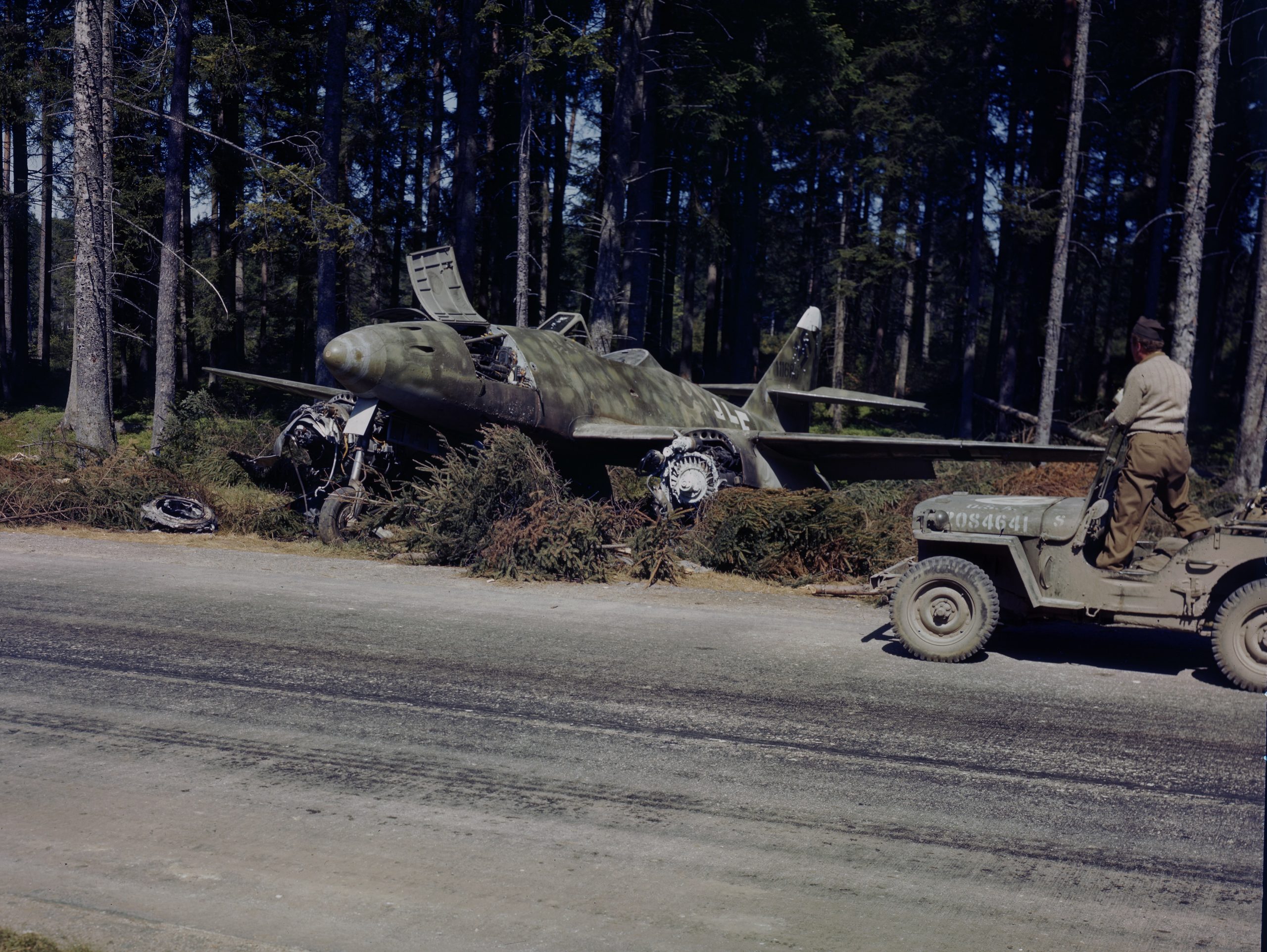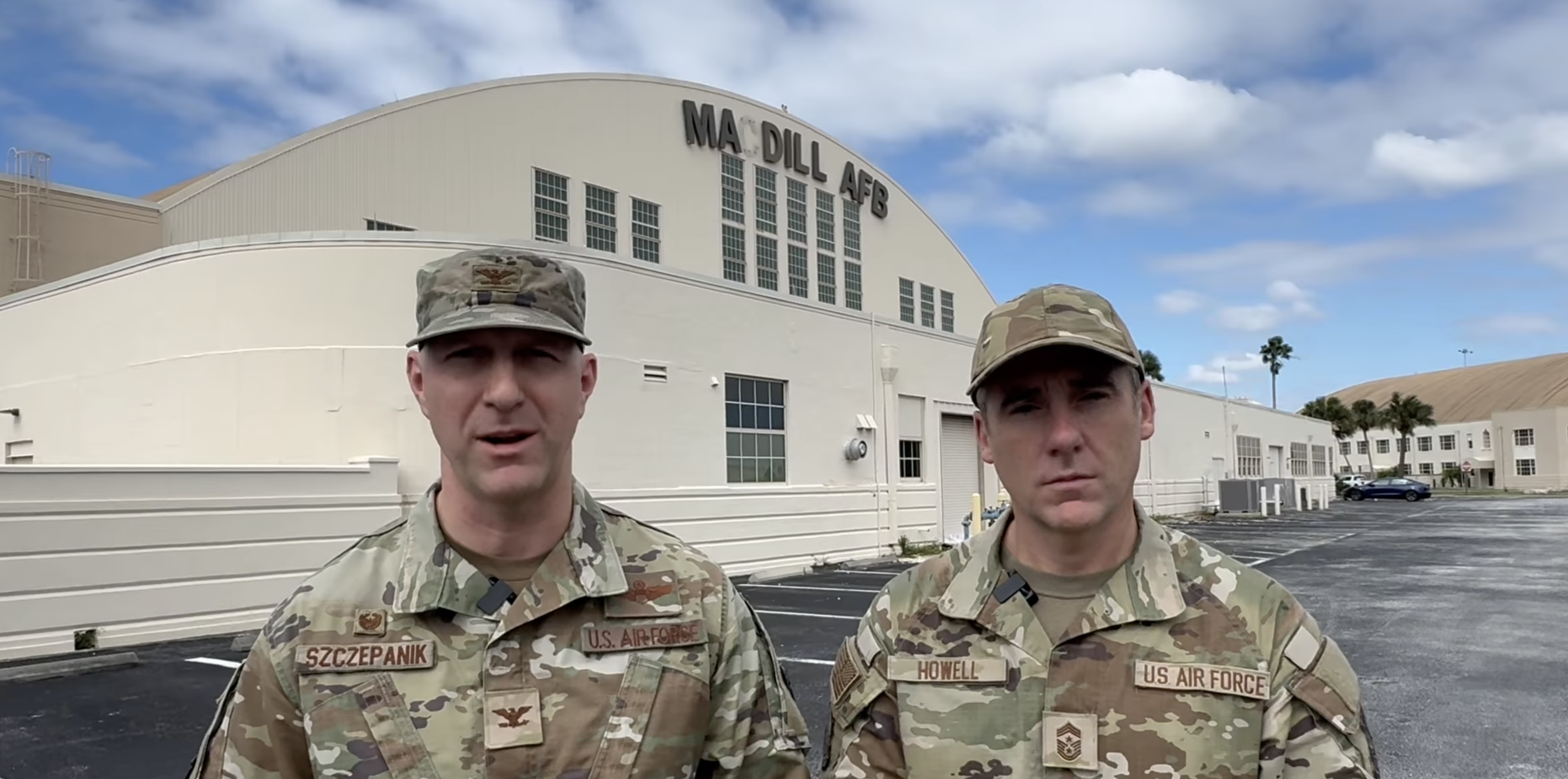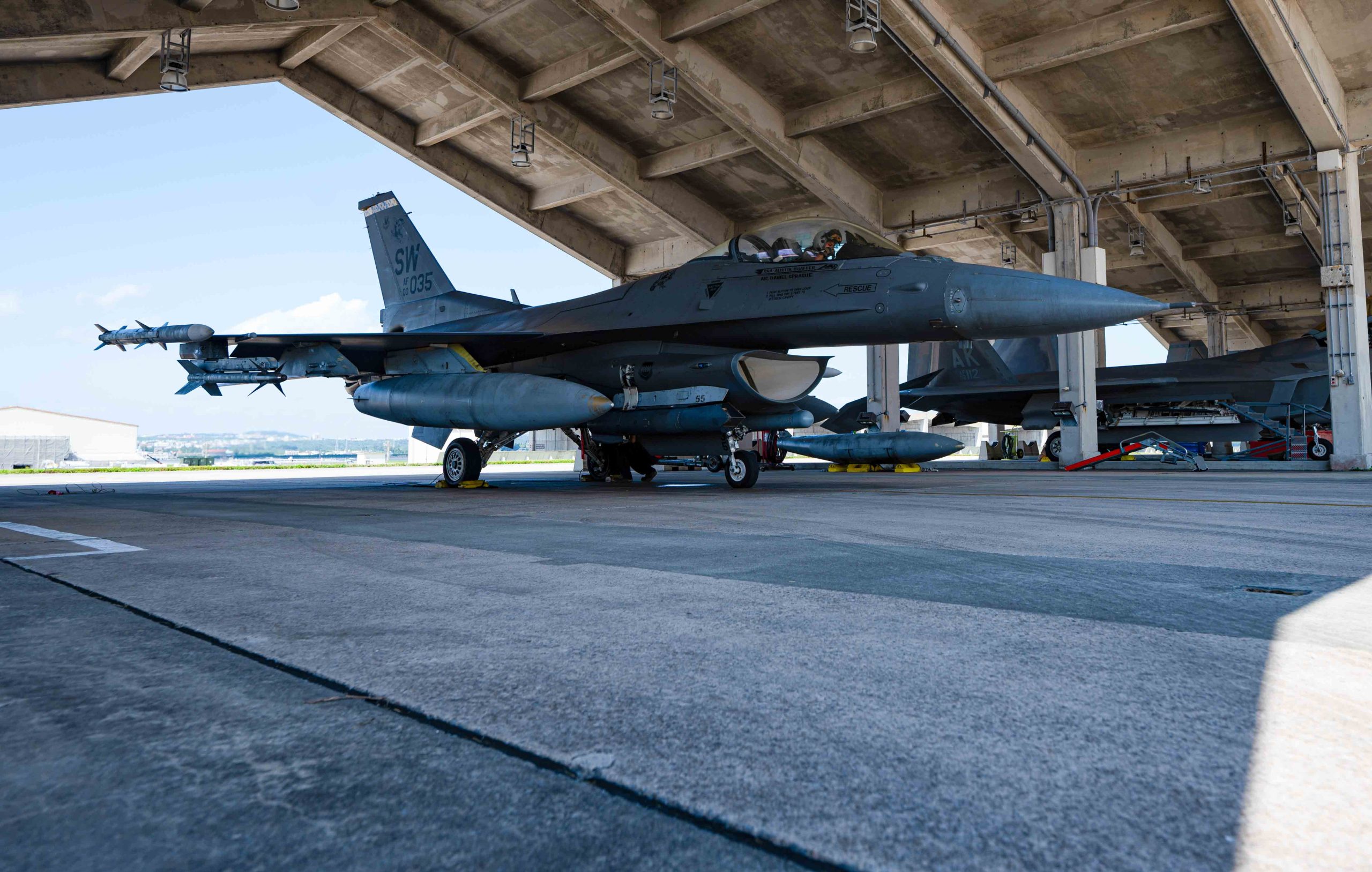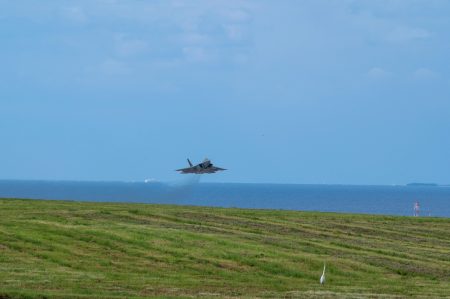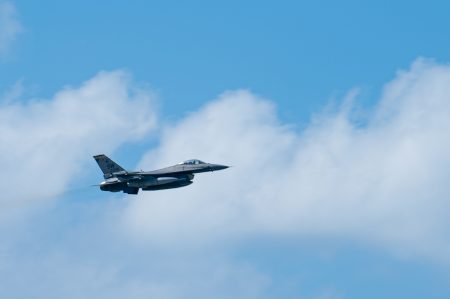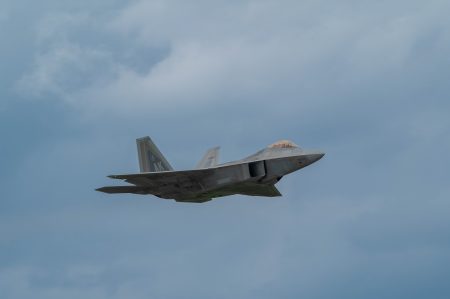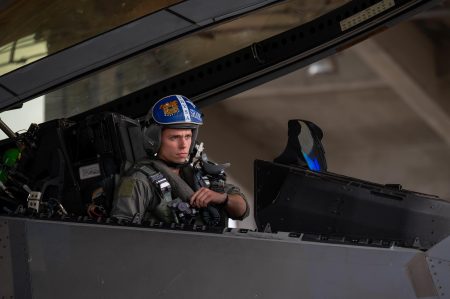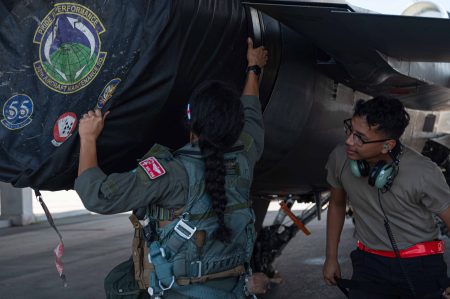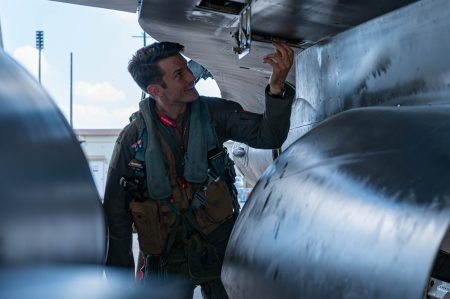The U.S. military carried out airstrikes against Islamic State training camps in Syria on Oct. 11, U.S. Central Command announced.
The airstrikes came amid concerns that the militant group is trying to rebuild its capabilities following its defeat in 2019 by the U.S. and its regional allies, the Syrian Democratic Forces.
CENTCOM said in a statement it believes the strikes were successful and does not believe there were any civilian casualties.
“The strikes will disrupt the ability of ISIS to plan, organize, and conduct attacks against the United States, its allies and partners, and civilians throughout the region and beyond,” CENTCOM said in a statement, referring to the group by its acronym.
The U.S. operation follows two raids in Syria in September, which killed upwards of 60 militants, including “multiple senior leaders of the terrorist organizations of ISIS and Hurras al-Din, an Al Qaeda affiliate,” CENTCOM previously announced. Those attacks included a Sept. 16 “large-scale airstrike” on multiple ISIS training camps in central Syria, CENTCOM said.
The recent U.S. airstrikes are part of a “clear intensification” of the American campaign against the Islamic State group in recent weeks, Charles Lister of the Middle East Institute noted in a post on social media.
The U.S. has announced it is ending Operation Inherent Resolve—the campaign against the Islamic State group—and will transition to a “bilateral security partnership” with Iraq by September 2025. Iraq’s prime minister Mohammed Shia Al Sudani is under domestic political pressure to wind down the U.S. presence.
“We’ve had great success in territorially defeating ISIS in the core regions of Iraq and Syria. However, we are all very aware that with ISIS, you can say [they’re] down, but they’re never quite out,” a senior administration official told reporters in September. The official said the fight against ISIS “something that is ongoing every day, and that will very much continue in the future.”
The U.S. has some 2,500 troops in Iraq and around 900 in Syria, according to the Pentagon. U.S. officials have not said how the end of Operation Inherent Resolve mission in Iraq will affect U.S. troops levels.
The agreement with Iraq will enable the U.S. to sustain its presence in neighboring Syria, where the American maintains outposts to help train local partner forces. That arrangement with Iraq will last at least until September 2026.
The U.S. campaign against the Islamic State group has been hampered by Iranian-backed militia groups’ attacks on U.S. troops, including the killing in late January of three U.S. Soldiers at Tower 22 in Jordan, which supports the Al Tanf Garrison just across the border in eastern Syria. Over 40 troops were injured, including three Airmen from the 129th Rescue Wing of the California Air National Guard, who recently received the Purple Heart.
The U.S. conducted large-scale airstrikes against 85 targets in Iraq and Syria in early February that slowed down militia attacks, over 180 of which have occurred since last October.
“It’s less acute now than it was in the period between November ’23 to February ’24 where we were in contact daily at our bases against everything from mortars to UAS,” referring to one-way attack drones, a senior defense official told Air & Space Forces Magazine of the militia attacks, though the official noted attacks still continue.
The U.S. also has had to deal with harassment from Russian air forces in Syria in recent years. Russia damaged two U.S. MQ-9s with flares in July 2023, a year that often saw Russia engage in what the U.S. officials said were dangerous intercepts of manned and unmanned U.S. aircraft and overflying U.S. troops and partner forces with armed aircraft. That activity has also subsided for the most part.
The U.S. has generally operated in the eastern part of Syria, though the U.S. occasionally flies drones in central or western Syria for counterterrorism missions.
“They’ll do intercepts on our MQ-9s and things like that if they’re flying further west than they want or they will just intentionally violate the airspace that we’ve agreed upon is our operating areas—they’ll just buzz through to make a point is what we assess that is, as opposed to directly threatening troops on the ground,” the senior defense official said.
Western officials have cautioned that the Islamic State group remains a major concern despite the evolution of the U.S. mission against the group in Iraq. Along with al Qaeda, the Islamic State and its offshoots of affiliates are a “resurgent” threat to Britain and the West, the chief of the U.K. MI5 spy agency Ken McCallum told reporters last week.
“After a few years of being pinned well back, they’ve resumed efforts to export terrorism,” McCallum said.
